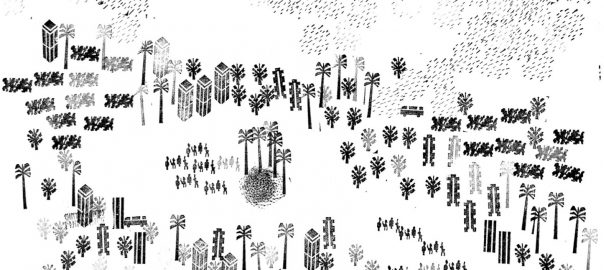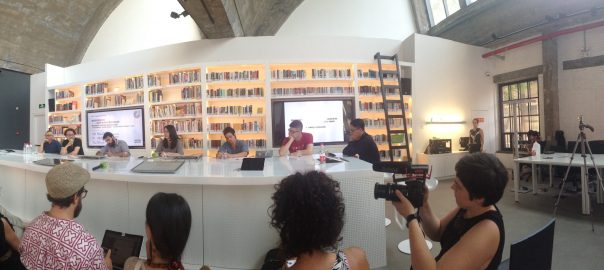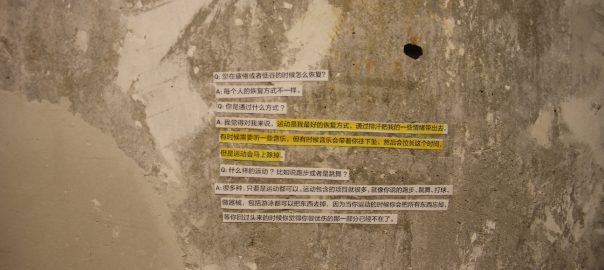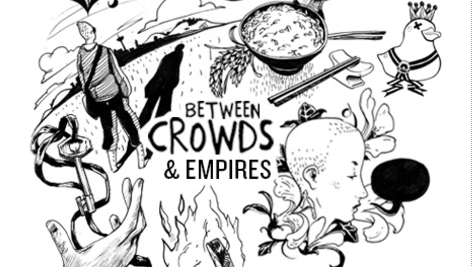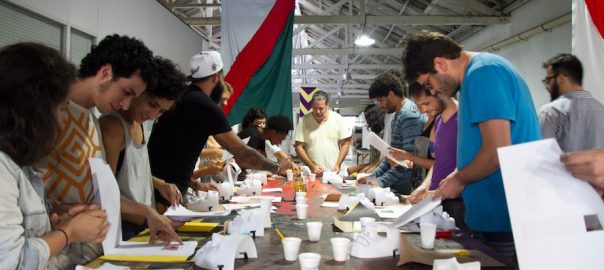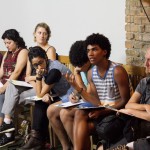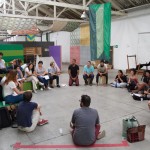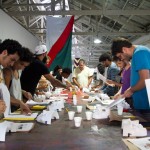This article by Pedro Victor Brandão is part of the project "Between Crowds and Empires", a multimedia online publication on the collaborative economy. It was firstly published in the Transnational Dialogues Journal 2016.
During the month of March 2015 I went to Panama along with the critic and curator Beatriz Lemos to develop a research after her invitation to join the Central-American phase of the project Lastro – intercâmbios livres em arte [free exchanges in art].
Researching the history of the country, we learned that Panama was under Spanish rule for almost 300 years (1538-1821). Previously part of the territory of Gran Colombia, in 1903 the United States of America and the Roosevelt administration, in dispute with Colombia, created the country, making the banking group JP Morgan the official fiscal agent of the new country. This was one of Roosevelt’s consolidations of the Monroe Doctrine in Central America. The creation of the country was based purely on commercial interests, including gaining full control of the Inter-Oceanic Canal that was under construction at the time, to be completed in 1914. The country’s image as a tax haven began there. Continue reading Speculations on the Fifth Income


